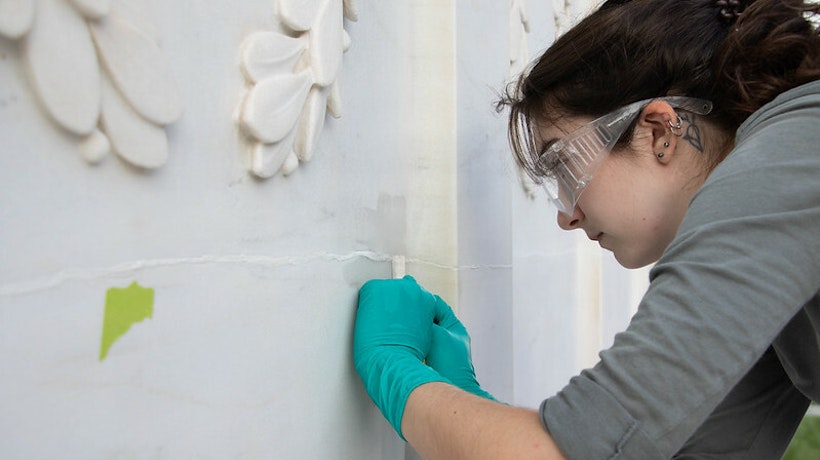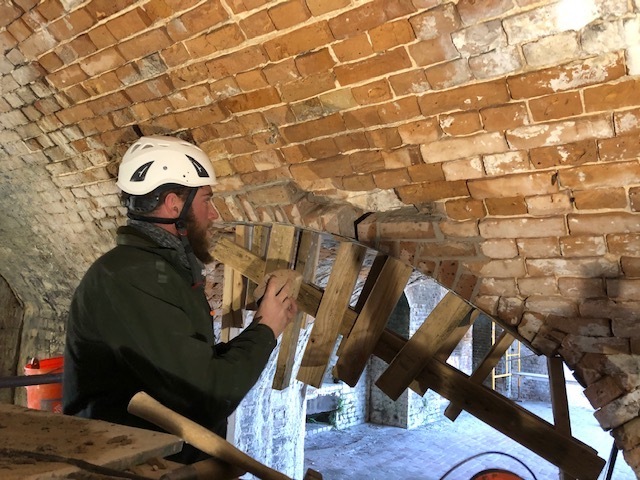
The national workforce development program, The Campaign for Historic Trades (The Campaign) announced in December the completion of a first-of-its-kind labor study, Status of Historic Trades in America. The study is reported to be the most comprehensive survey ever prepared on the status of the traditional trades in the United States.
The Campaign is a program of the statewide non-profit Preservation Maryland in partnership with the National Park Service’s Historic Preservation Training Center. As part of its mission to identify and resolve systemic barriers to historic trades careers, The Campaign seeks to define historic trades occupations and ascertain the current and future market need for trained tradespeople. With this new study conducted by PlaceEconomics, a firm with decades of experience in the analysis of the economic impact of preservation, and the data it provides, the gap between the need for historic preservation trades workers and the trained hands to perform the work is, for the first time, estimated and forecasted.
According to the study, the portion of the construction industry that is focused on historic rehabilitation is large and growing. Historic trades make up an estimated 12.6% of all building rehabilitation jobs. Both the number of buildings considered historic and the amount of money invested in their rehabilitation are on an upward trajectory. But there is a serious shortage of workers who are trained and experienced in historic trades.
- Nearly 2 million commercial buildings, 35 million residential buildings, and more than 2 million multi-family buildings in the United States, almost 39 million of 96.1 million structures in total, were built at least 50 years ago.
- Each year, approximately 261,000 of these properties have rehabilitation projects that require experienced historic trades workers. To meet this demand requires nearly 100,000 highly specialized trades workers over the next decade.
- In 2021 alone the total investment in historic buildings is estimated to be nearly $37 billion, and that historic rehabilitation activity is expected to create close to 166,000 direct jobs annually.

The rehabilitation of historic buildings is a labor-intensive activity, meaning a high share of the total expenditure goes to labor. The PlaceEconomics study shows these projects create more localized jobs compared to new construction activities.
- For every 10 direct jobs created by rehabilitating a historic building, another 1.8 to 2.4 additional jobs are created elsewhere in the economy.
- On average, for every $100 in direct labor income an additional $186 is generated in paychecks for indirect and induced jobs.
- Additionally, $11.3 billion direct labor income is created by historic rehabilitation activity.
“Historic preservation is not niche,” said Nicholas Redding, president and CEO of Preservation Maryland and The Campaign. “It’s a major component of the nation’s construction industry and this study underscores the need for communities all across America to invest in the workforce that will sustain this growing, diverse, and significant component of the trades landscape.”
The study indicates there is a significant need for historic trades training and supports the urgency of ensuring the capacity of education and training programs at a wide variety of organizations including The Campaign, Pullman Tech Workshop in Chicago, and the American College of Building Arts, among many others.


